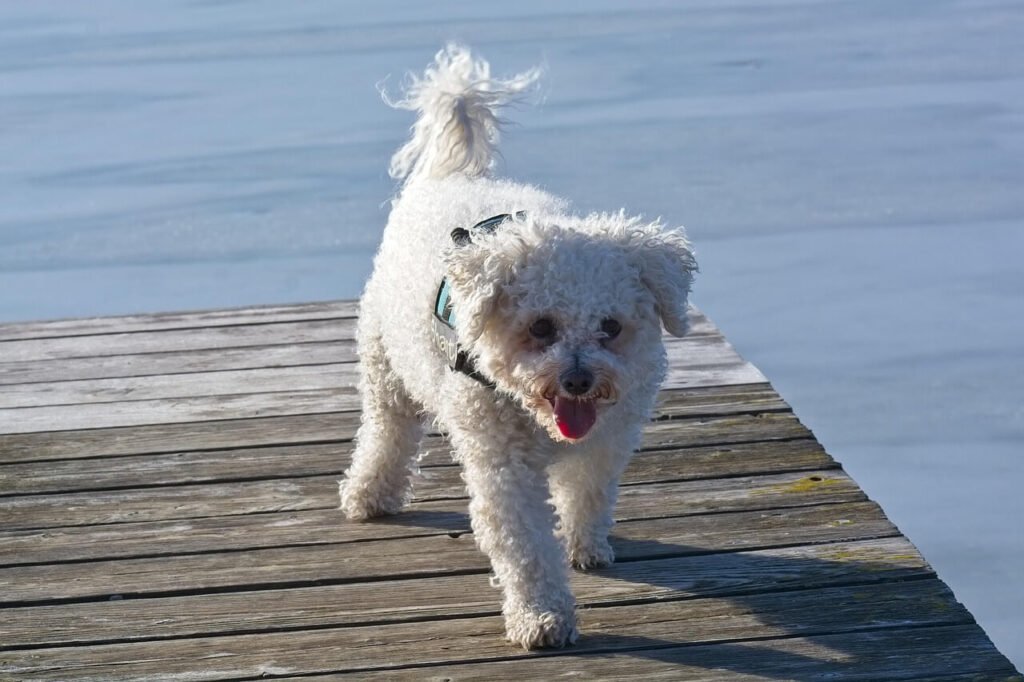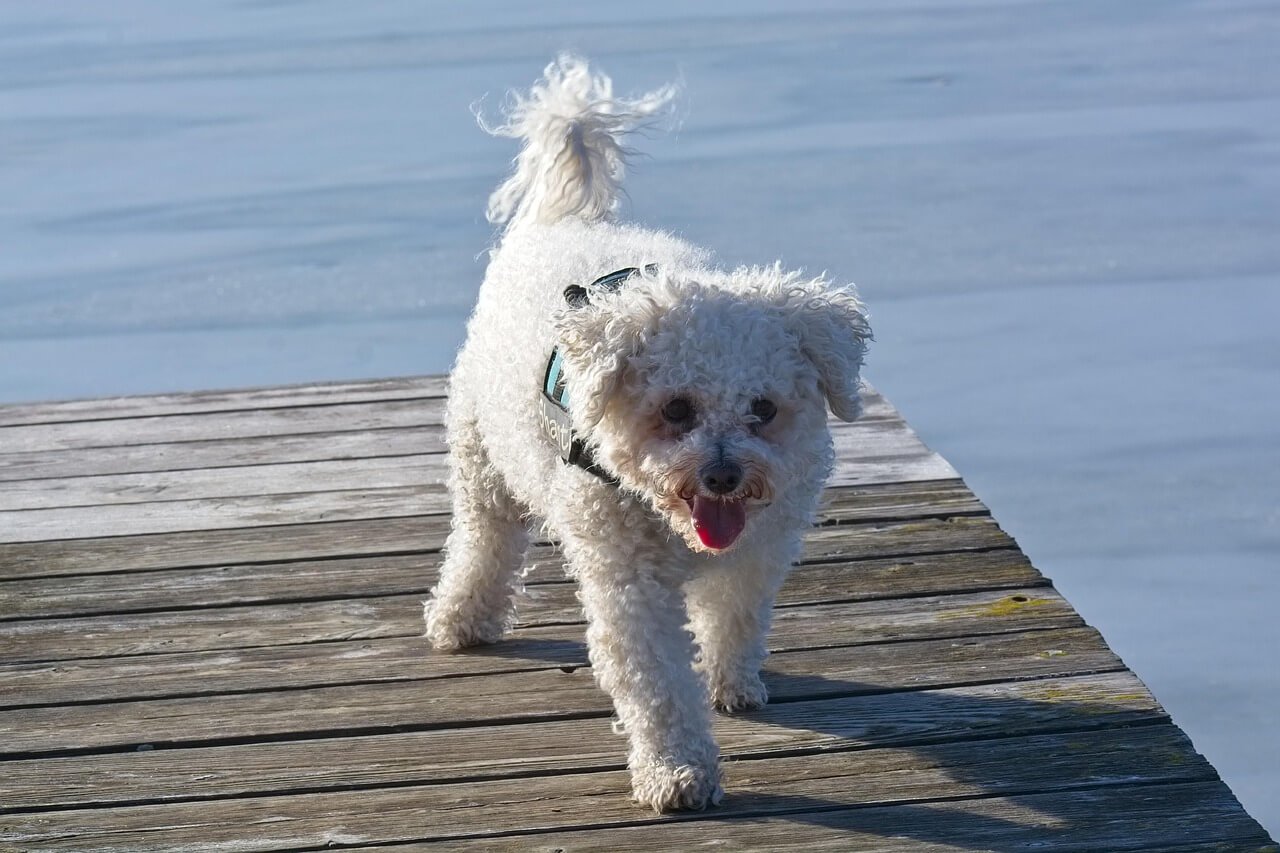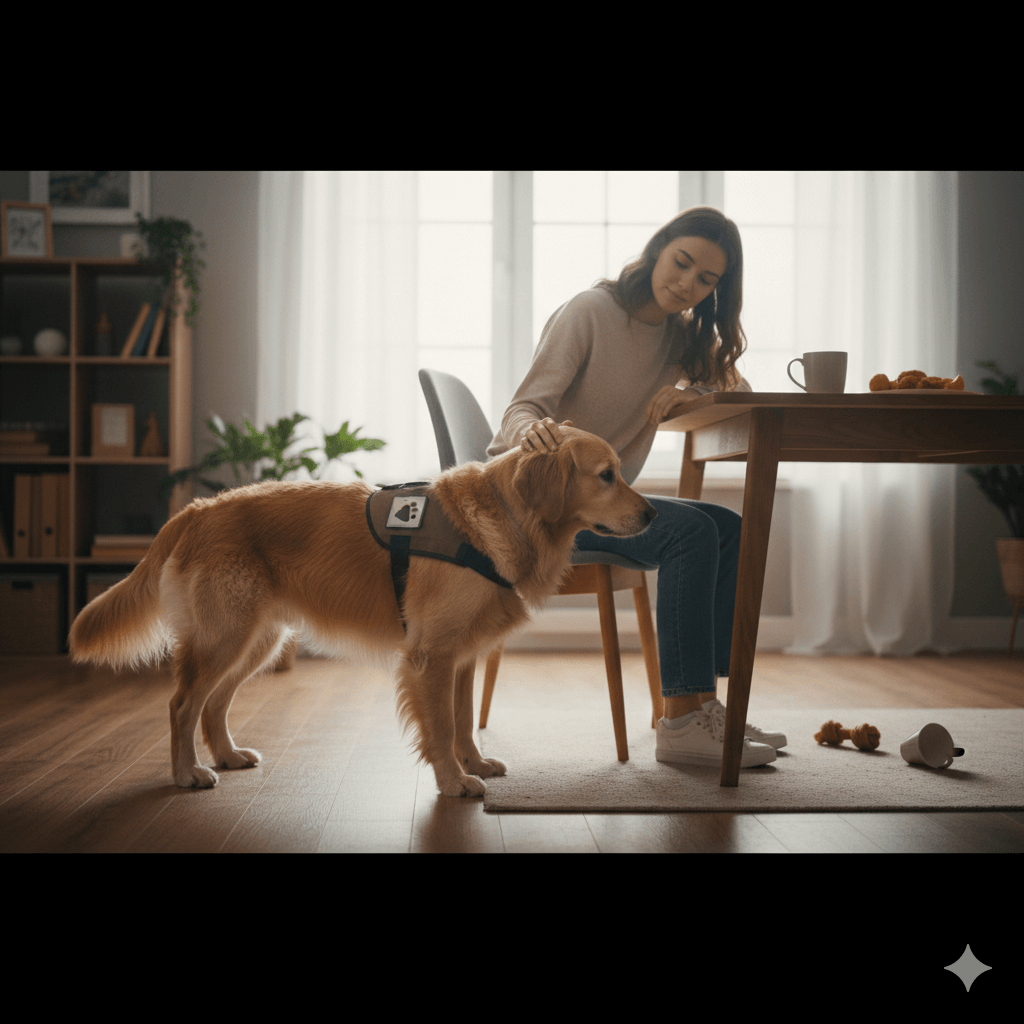Can Dogs Eat Lentils? What Every Dog Owner Should Know
As a dog owner, you’re probably familiar with the endless curiosity of your furry friend when it comes to food. Whether they’re sniffing around your plate or eyeing your dinner ingredients, dogs have an uncanny knack for making us question what’s safe for them to eat. One such food item that often raises eyebrows is lentils. Are lentils safe for dogs? Can they be included in their diet as a healthy snack? In this blog post, we’ll explore everything you need to know about feeding lentils to your canine companion while keeping their health and happiness in mind.
Nutritional Benefits of Lentils for Dogs
Lentils are not only a great source of nutrition for humans but can also offer some surprising benefits for dogs if prepared correctly. Let’s take a closer look at why lentils might be worth considering as part of your pup’s balanced diet:
Rich in Protein
Lentils are packed with plant-based protein, which helps support muscle growth and repair in dogs.High in Fiber
The fiber content in lentils aids digestion and promotes gut health, reducing the risk of constipation.Low Glycemic Index
Lentils release energy slowly, making them ideal for maintaining steady blood sugar levels in active dogs.Packed with Vitamins
They contain essential vitamins like B-complex, which supports brain function and overall vitality.Mineral Powerhouse
Lentils provide minerals such as iron, magnesium, and potassium, contributing to strong bones and a healthy immune system.
Incorporating lentils into your dog’s meals can be beneficial, but moderation is key. Always consult your veterinarian before introducing new foods to ensure they align with your pet’s specific dietary needs.
Potential Risks of Feeding Lentils to Dogs
While lentils offer numerous nutritional perks, there are certain risks associated with feeding them to dogs. Understanding these potential downsides will help you make informed decisions about including lentils in your dog’s diet:
Gastrointestinal Upset
Raw or improperly cooked lentils may cause bloating, gas, or diarrhea due to their high fiber content.Phytic Acid Content
Lentils contain phytic acid, which can interfere with the absorption of important minerals like calcium and zinc.Allergic Reactions
Some dogs may develop allergies or sensitivities to legumes, leading to symptoms like itching or skin rashes.Oxalates Concerns
Lentils contain oxalates, which in excessive amounts could contribute to kidney stone formation in susceptible dogs.Digestive Blockage Risk
Whole lentils, especially larger varieties, pose a choking hazard or may lead to blockages if swallowed without chewing.
Before serving lentils to your dog, always cook them thoroughly and monitor how your pet reacts to avoid any adverse effects.
Check this guide 👉Can Dogs Eat Sardines? Best 7 Health Tips!
Check this guide 👉Can Dogs Eat Sausage? Best 7 Health Tips!
Check this guide 👉Can Dogs Eat Dates? Best 7 Health Tips!

Benefits of Lentils for Dogs | Risks of Lentils for Dogs |
|---|---|
Rich in plant-based protein | May cause gastrointestinal upset |
High fiber supports digestion | Contains phytic acid |
Low glycemic index regulates energy | Possible allergic reactions |
Provides essential vitamins | Oxalate concerns |
Mineral-rich for bone health | Choking/blockage hazards |
How to Safely Prepare Lentils for Your Dog
If you’ve decided to introduce lentils into your dog’s diet, preparation is crucial to minimize risks and maximize benefits. Here’s a step-by-step guide to safely preparing lentils for your four-legged friend:
Choose Plain Lentils
Opt for plain, unseasoned lentils free from added salt, spices, or oils.Thoroughly Rinse Them
Rinsing removes dirt, debris, and any residual chemicals from the surface of the lentils.Cook Until Soft
Cook lentils until they’re soft enough to chew easily, as raw lentils can be hard to digest.Avoid Seasonings
Skip garlic, onion powder, or other seasonings, as these ingredients are toxic to dogs.Serve in Moderation
Start with small portions to see how your dog tolerates lentils and adjust accordingly.
By following these steps, you can ensure that your dog enjoys lentils safely as part of a nutritious meal plan.
Alternatives to Lentils for Dogs
If you’re hesitant about feeding lentils to your dog or want to diversify their diet, several alternatives provide similar nutritional benefits. Consider these dog-friendly options:
Sweet Potatoes
A rich source of fiber and vitamins, sweet potatoes are gentle on the stomach and highly palatable.Green Beans
Low in calories and high in fiber, green beans are an excellent choice for weight management.Pumpkin
Pumpkin supports digestive health and can relieve both diarrhea and constipation in dogs.Quinoa
This grain-like seed is gluten-free and packed with protein, making it a great alternative to lentils.Carrots
Crunchy and low-calorie, carrots are perfect for satisfying your dog’s natural chewing instinct.
These alternatives offer variety while ensuring your dog receives the nutrients they need for optimal health.
Common Mistakes When Feeding Lentils to Dogs
Feeding lentils to dogs can be a great way to boost their nutrition, but mistakes in preparation or portion control can lead to problems. Here are some common errors pet owners make when introducing lentils into their dog’s diet:
Overfeeding Lentils
Giving too many lentils at once can overwhelm your dog’s digestive system and cause discomfort.Using Seasoned Lentils
Adding spices, salt, or oils can irritate your dog’s stomach and even be toxic in large amounts.Serving Raw Lentils
Raw lentils are difficult to digest and may lead to bloating or other gastrointestinal issues.Ignoring Portion Sizes
Failing to measure portions can result in an imbalanced diet that disrupts your dog’s nutritional needs.Not Monitoring Reactions
Skipping the step of observing how your dog reacts can lead to undetected allergies or sensitivities.
Avoiding these mistakes ensures that your dog enjoys the benefits of lentils without any adverse effects.
Signs Your Dog May Be Allergic to Lentils
While lentils are generally safe for dogs, some may develop allergies or sensitivities to them. Knowing the signs of an allergic reaction can help you act quickly if something goes wrong. Here’s what to watch out for:
Itchy Skin
Persistent scratching or licking could indicate an allergic reaction to lentils.Ear Infections
Recurrent ear infections might be linked to food sensitivities, including legumes like lentils.Gastrointestinal Issues
Vomiting or diarrhea after consuming lentils may signal an intolerance or allergy.Swelling or Hives
Visible swelling around the face or hives on the skin are clear signs of an allergic response.Behavioral Changes
Lethargy or irritability can sometimes accompany food allergies in dogs.
If you notice any of these symptoms, discontinue feeding lentils and consult your veterinarian for further guidance.
How Lentils Compare to Other Protein Sources for Dogs
When considering protein sources for your dog, it’s important to compare lentils to other options to determine the best fit for their diet. Here’s how lentils stack up against other popular protein choices:
Lentils vs. Chicken
Lentils provide plant-based protein, while chicken offers animal-based protein, which is easier for most dogs to digest.Lentils vs. Beef
Beef is higher in fat and calories, making lentils a leaner option for weight management.Lentils vs. Fish
Fish contains omega-3 fatty acids, which support skin and coat health, whereas lentils lack these essential fats.Lentils vs. Eggs
Eggs are a complete protein source, while lentils need to be paired with complementary proteins for optimal nutrition.Lentils vs. Quinoa
Both are high in fiber and protein, but quinoa is less likely to cause digestive upset in sensitive dogs.
Understanding these comparisons helps you decide whether lentils are the right choice for your dog’s unique dietary requirements.
FAQ Section
Are lentils toxic to dogs?
No, lentils are not inherently toxic to dogs. However, they should be cooked properly and served in moderation to prevent digestive issues.
Can puppies eat lentils?
Puppies have sensitive digestive systems, so it’s best to avoid feeding them lentils unless specifically recommended by your vet.
Do lentils cause bloat in dogs?
Yes, improperly cooked lentils or overfeeding can lead to bloating due to their high fiber content.
Can I mix lentils with my dog’s kibble?
Yes, you can mix cooked lentils with kibble, but start with small amounts to gauge your dog’s tolerance.
Are canned lentils safe for dogs?
Canned lentils often contain added sodium and preservatives, so they are not ideal for dogs. Stick to fresh or dried lentils instead.
Final Thoughts: Balancing Nutrition and Safety
Feeding lentils to dogs can be a healthy addition to their diet when done responsibly. From their impressive nutrient profile to their versatility in recipes, lentils offer many benefits—but they also come with risks if not prepared correctly. By understanding the dos and don’ts of incorporating lentils into your dog’s meals, you can enhance their nutrition while prioritizing their safety. Remember, every dog is unique, so always consult your veterinarian before making significant changes to their diet. With careful consideration, you can give your furry friend the best of both worlds—delicious and nutritious meals tailored just for them.
Understanding Bone Supplement for Cats: Best 7 Expert Tips! – Safe, vet-approved guidance for strong feline bones & balanced nutrition.
Bone Supplement for Dogs: Best 7 Expert Tips! – Expert guide to calcium, collagen & bone health for every life stage.
Understanding Can Cats Get Sunburn: Best 7 Expert Tips! – Protect your feline from UV damage with vet-backed prevention strategies.
How to Train a Seizure Alert Dog: Best 7 Expert Tips! – Learn expert-backed steps to nurture natural instincts into reliable, life-saving seizure alerts.





